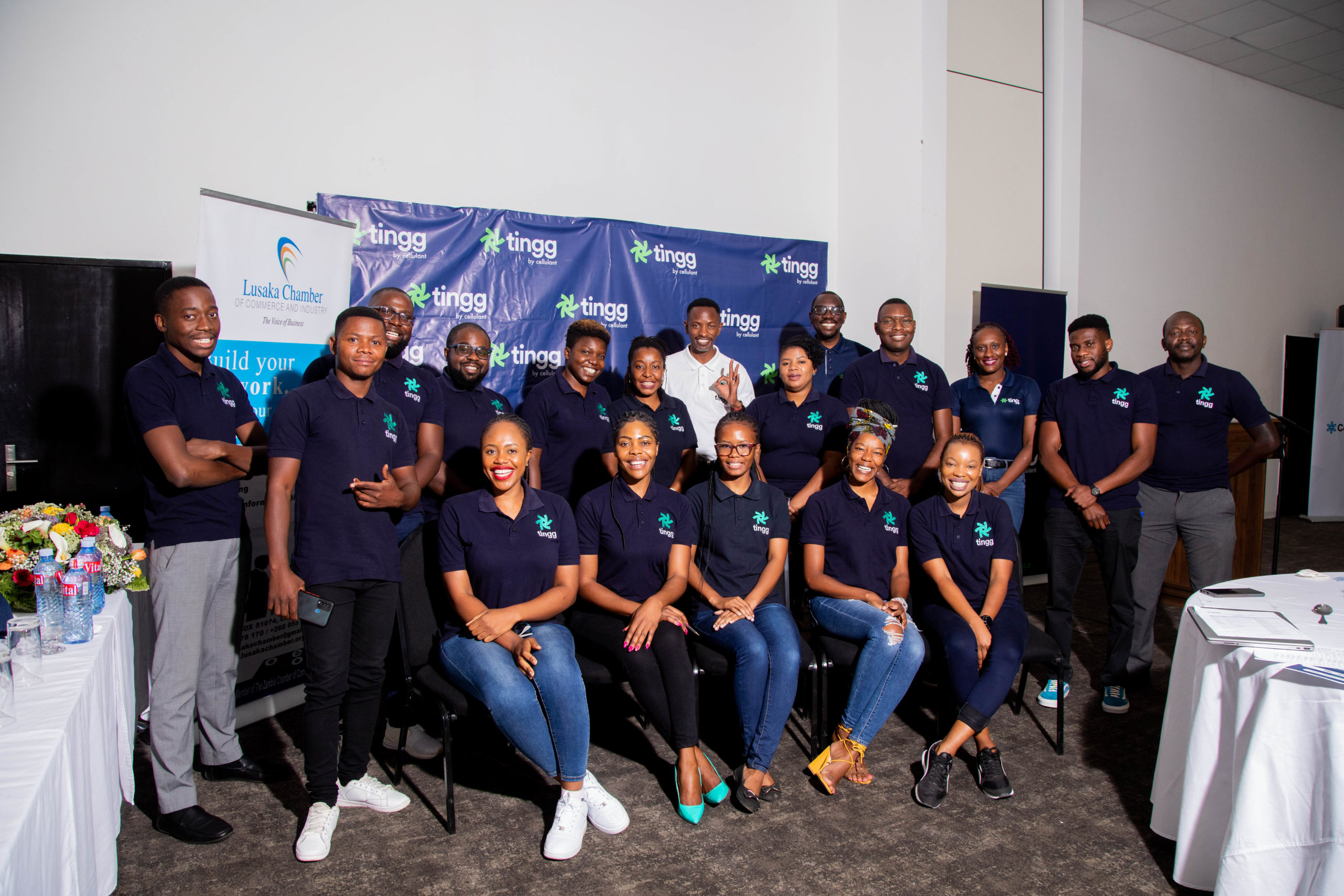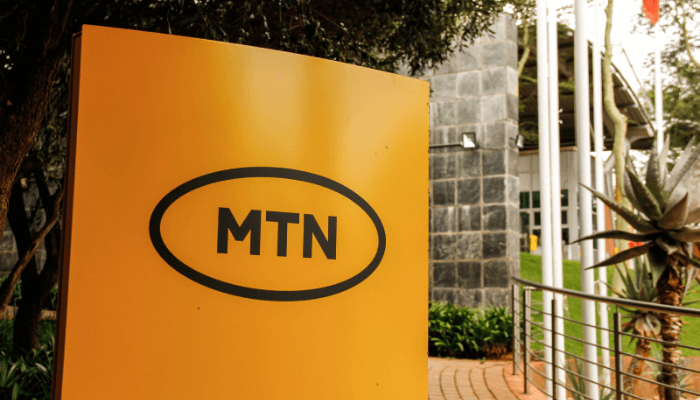Having entered the Zambian market in 2011, Cellulant is bullish on the country’s payments ecosystem, a sector the company pivoted to after dabbling in banking.
TechCabal talked to Gilbert Lungu, general manager of Cellulant Zambia, to find out more about the fintech startup’s motivation for pivoting, the overall state of payments in the country, challenges they have come across in their operation, and more.
Please give us a brief overview of Cellulant’s operations since it entered the Zambia market.
Gilbert Lungu: Cellulant has been in Zambia since 2011. Primarily, at the time, the business was in a phase where the focus was on banking and providing mobile banking platforms, and then also doing what we call merchant aggregation, which is essentially just layering the mobile banking platforms with the actual merchants to enable payments to happen. In terms of that phase of the business, I think it went fairly well. We acquired 15 out of 18 banks, providing services in one form or the other for them.
Around 2017 and 2018, there was a view that there were other opportunities in the market that spoke to payment collections and there were hypotheses around it. The main one was that there was no dominant mobile network operator in the market. The second one was that the primary product that the mobile network operators were pushing was peer-to-peer payments. Number three was that there was a clear cut case in terms of being able to do merchant acquisition, and provide digital payments for them based on the ecosystem that existed, either with the mobile network operators, as well as the banks. The fourth one was the view that there was general fragmentation in the market as a result of hypothesis number two. So the market was fragmented, because there was no one operator that was ahead of the other, and we realised that the fragmentation provided an opportunity to get into payment collections.
After considering all those hypotheses, we then decided to pivot to payments. The banking business kind of took a back seat and we pushed the payments business more. Since that pivot, Zambia continues to be quite exciting as a market and we continue to experience growth month on month.
Where do you think the payments landscape in the country is headed in the next 2-3 years?
GL: The way I see it, Zambia is definitely poised to be a significant tech hub. There’s a lot of innovations that are going on with respect to young startups in ecommerce which I think will be big in the coming years. I think with the additional interest in terms of potential prospective investors looking for all sorts of opportunities, including in tech, when some of that money starts landing in terms of fundraising, we are going to see significant growth of the ecosystem. For a lot of these startups, I think what will then happen is that scale will begin to show.
From a macro environment point of view, stability will see the economy start to take shape in terms of the growth plans that the government has put in place. I see that also being an accelerant to many sectors, including tech. There is significant consultation between the government and the ecosystem which is well needed. We are having quarterly engagements with the minister and presenting ideas and papers to him about how we can accelerate digitization in our country. In short, we are putting across ideas and he’s driving it from a policy point of view, to ensure that some of those ideas become a reality.
For instance, there is an idea from a payments point of view that if the government takes a decision to start compelling some of the government departments to do payments via digital platforms and then puts the relevant policy framework to guide that, it will guide customer behaviour towards using digital means for transactions.
I think over the next two to three years, opportunity size is also going to grow in terms of what else the tech startups can actually do. From a product point of view, I think payments is the thing right now. I see payouts, disbursements being the next big thing, as well as remittances, inward remittances, and then the relevant rails to be able to receive those remittances, and make sure that they’re flowing in the economy. So I see a positive picture overall.
Which challenges would you say have been prominent in the Zambian tech ecosystem?
GL: I think for Zambian startups, capital is still pretty much a challenge. I mean I’ve seen that there is activity now with angel investors trying to invest in these young tech startups but there is still some way to go because raising money is very difficult because of the nature of the places from which you can obtain that money. If you go into the banking sector, the cost of money is extremely high especially for startups.
Challenge number two is in terms of incubation. People have a lot of ideas. I meet all sorts of youngsters that walk in here or find me on LinkedIn, and they’re telling me about very, very nice ideas, that if they got the right level of attention and training, they would become really grand ideas. The incubation to move from ideation to a point where they implement the ideas into scalable businesses is still relatively lacking in my opinion. We don’t have a lot of incubation hubs where these youngsters can take the ideas to be stress-tested.
The third challenge, in my opinion, is the fact that tech businesses typically thrive and scale in the context of an ecosystem. They don’t work in isolation. Unfortunately, the ecosystem in Zambia has not developed to a point where there is sufficient trust between each of the ecosystem players in terms of who should play in what space. The bigger guys are always suspecting the smaller guys of trying to sabotage what they are doing and vice versa. For me, those are some of the most significant challenges in the ecosystem.
What are some solutions you reckon could address these challenges?
GL: For the capital challenge, I’m aware that in some developed markets, startups get access to things like government funds for working capital purposes, but at much cheaper rates compared to, say, banks. There is some effort there and I must really commend the government in availing monies that are now going into what we call the constituencies, and people who have fantastic ideas can then form cooperatives, and drive those ideas to fruition. I would like to see tech start taking up some of those funds. The other element around capital is that I know that on the international market capital is much cheaper so we need to position ourselves as an investment destination. Ultimately when that capital comes in, because it is much cheaper in relative terms, when these guys access it, then we’ll be able to create scale.
In terms of ecosystem development, banks are talking with mobile network operators, who are also talking to fintech startups, which is a welcome development. Ultimately, we should create some level of trust, create some level of collaboration, and create some kind of structure in terms of how all the ecosystem players fit into this equation. With the passage of time and more of those engagements via the structured arrangements that are there, either with the Bankers Association, or with the fintech Association and so on, I guess in the end, we’ll get the result that we are looking for. In terms of the conversations around hubs, collaboration between private sector players and government would help because the government by nature has got access to the resources, the infrastructure, and the means to be able to make some of these ideas sort of come to fruition. So let’s start with ideas around creating hubs that are driven by the private sector, but to some extent, funded by the government, because ultimately, it’s a development issue. If we’re going to develop ideas, and the government’s primary interest is development, we then need to have stronger private sector and government collaboration to ultimately deliver some of these results.
What traction would you say Cellulant has had in Zambia since launch?
GL: I think we’ve had fairly good traction in terms of growth. Over the past three or four years, if I take our blended growth rate, we’re sitting at anything between 30 and 40% year-on-year which for any business, is fairly significant. And then we look at what is it that drives that growth, and it’s essentially the new products that we create as well as some of the legacy products that we have. Some of the strategic partnerships have also greatly accelerated our growth.
We had our own challenges in the beginning especially with ecosystem incumbents who perhaps weren’t so trusting of us as a fintech but by not giving up and collaborating, we have done relatively well so it’s been a very interesting journey. But I guess the challenges are part of the excitement. Every morning, you wake up, and wonder what will happen on that particular day to overcome a hurdle. There has also been a lot of discussion and talking points with our regulator, the Bank of Zambia, and I think they’ve been extremely supportive in terms of driving innovation. For example, crypto has been a big discussion in our market, as it has been in many other markets. But through engagement, there’s been some developments in the recent past where there is a crypto operator that is currently in the regulatory sandbox of the Bank of Zambia, testing out the product and drawing out all that data.
How would you say the competitive landscape has changed between when you entered the Zambia market and now?
GL: If we look at 12 years ago when we entered the market, the landscape was very different in terms of our competitors, who then were mostly the mobile network operators. Strategically, what we did, and that sort of remains our strength, was to be extremely clear minded about where we wanted to play. The danger of being in a market like this is that there are so many opportunities that you might be tempted to chase the next shiny thing. But I think being very clear minded about where you are going as a business can be very vital.
As the years have passed, naturally, there’s been so many other players that have come in, both local and international. If you say that I’m going to do two or three things in which I’ll be very strong, and you invest your time, your energy or effort in growing and making sure that you become significant in those things in the end, it pays off and you stave off competition.
Over the past two to three years, with the pivoting that we’ve done, the investment we’ve made in terms of driving collections, if anybody is talking collections, everybody’s benchmarking against Tingg, our seamless payment gateway.. This has taken a lot of discipline and resilience.
In terms of the future, what’s next for Cellulant in Zambia?
GL: The big goal is to be number one amongst our peers as a payments provider. Number one in revenue, number one in terms of number of merchants, number one in terms of gross payment values we process, number one in terms of brand affinity and so on. So that is very clear. The second is that we want to be Zambia’s most loved payments brand. Anybody talking about payments should talk about us.
In summary, we are pinning our growth on both organic growth and also looking at opportunities to build on our current partnerships and explore new partnerships within the market. So that’s essentially how the next two to three years will look like. Continue driving innovation and solving for very real problems in the country.
Interview has been edited for length and clarity.





















